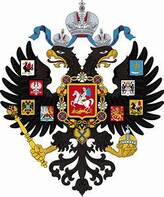 Romanov Seal
Romanov Seal
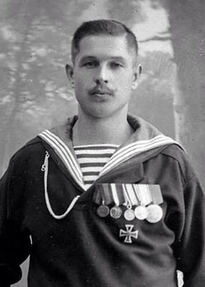 Klementy Nagorny
Klementy Nagorny | According to many of the countless books dealing with the lives of the Romanovs, Nagorny became “one of the family” through his devoted attention to the job of loyal guardian and companion of Alexei. During the revolution, when Romanov family members became increasingly in danger of their lives, the family was moved from Tsarskoe Selo, the Summer Palace, to far away Tobolsk, then to Ekaterinburg in Siberia. Nagorny voluntarily chose to accompany the Czar and his family while fearful other family retainers fled. In a prediction that would unfortunately come true just a few days before the entire Romanov family would met their fates, Nagorny was shot and killed for his efforts to protect them from the insults and disrespect of their guards. | Why writers for this series never even mentioned this key member of the Romanov household is puzzling in view of the prominence of Nagorny in protecting the Czarevitch from harm. The series ended with the grisly shooting and bayonetting of the family and retainers but the chaotic disposal of the bodies of these unfortunates afterwards is worth another whole TV series because of the obfuscation generated by the myriad of self-serving tales promulgated by the Reds, Whites, other European Royal families, Religious groups, remaining Romanov relatives, and others who had their own parochial, exculpatory motives for obscuring the actual events which transpired after the assassination in Ekatrinberg. |
| It wasn’t until 1989 that, in a now-it-can-be-told article in The Moscow News, the real truth about the disposal of the bodies was revealed to Russian Mystery writer Geli Ryabov by none other than Russian Navy Vice Admiral Alexander Yurovsky, the son of one of the Romanov executioners, Yakov Mikhailovich Yourovsky, so prominently mentioned in the Netflix series. Further details of how the long-secret Yurovsky file led to the exhumation of the Romanov and retainer bodies are detailed in my book, A Shooting Star Meets the Well of Death, Why and How Richard Halliburton Conquered the World, along with how the Soviets in 1934 duped Halliburton into writing and reporting to the world yet another “true” version of the assassination and disposal of the bodies by staging a deathbed “confession” by Peter Ermakov, one of the assassins. Ermakov lived for years afterward, boasting of the charade to various patriotic groups. William R. Taylor. |
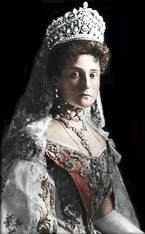
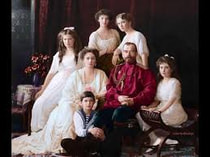
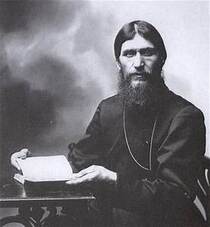
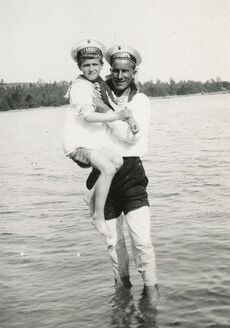
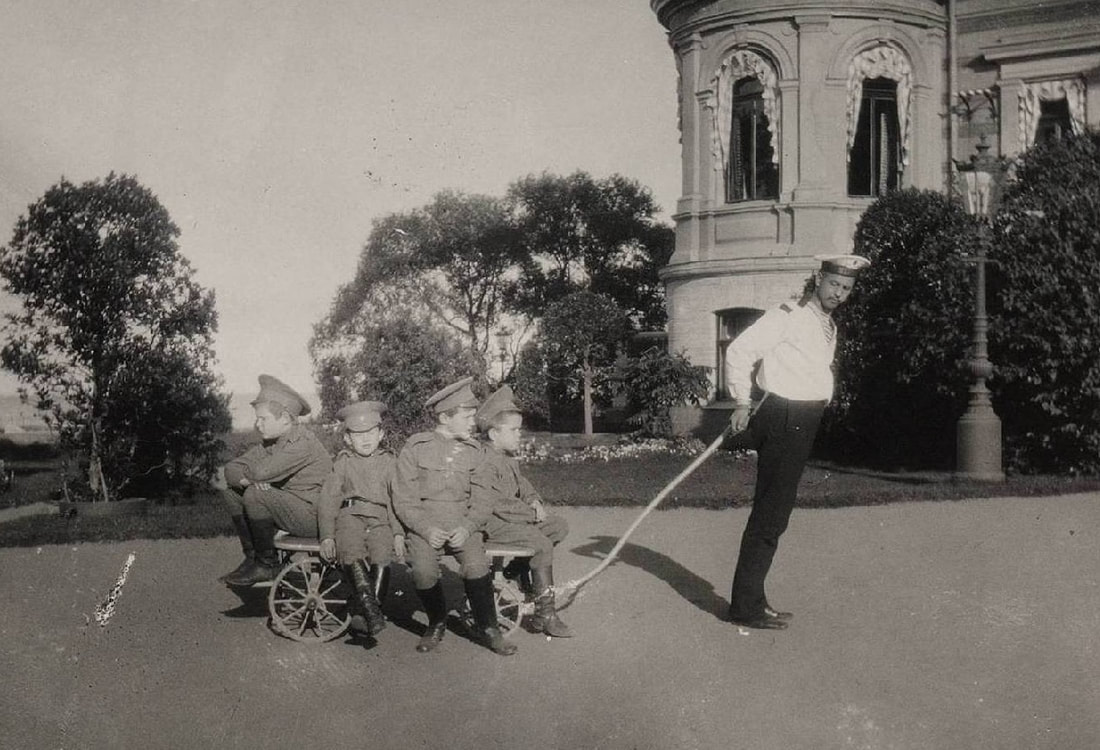
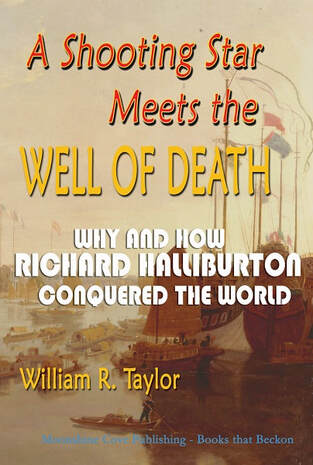

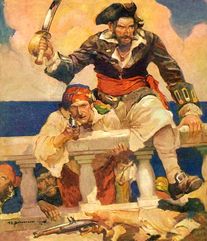
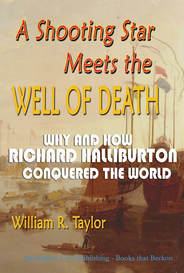

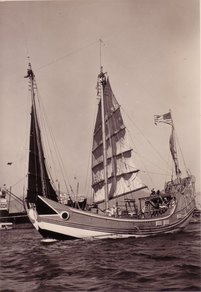
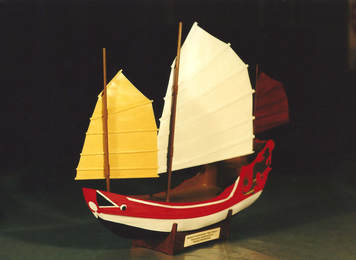
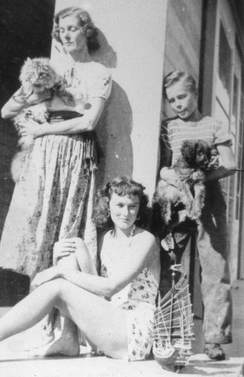
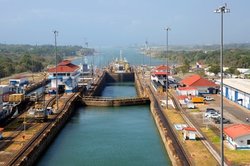
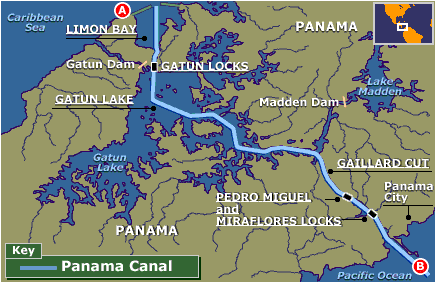
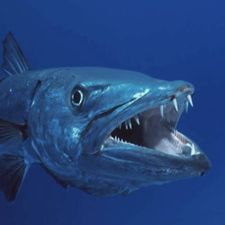
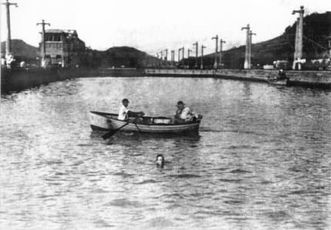
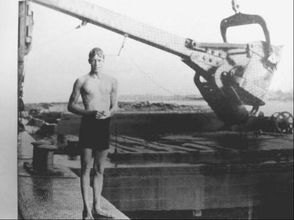
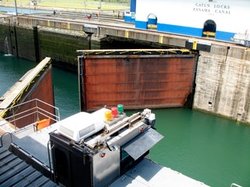
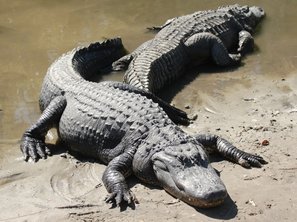
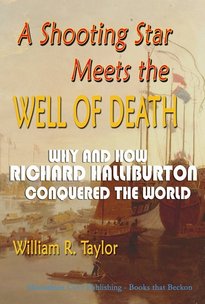
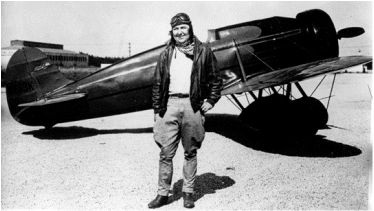
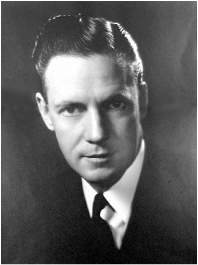

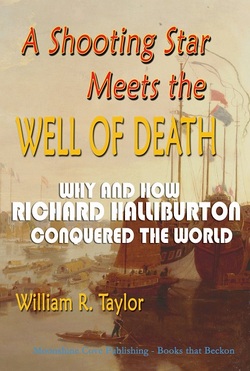
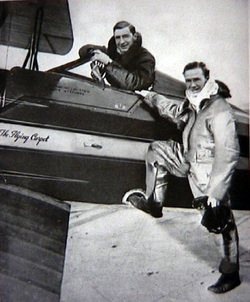
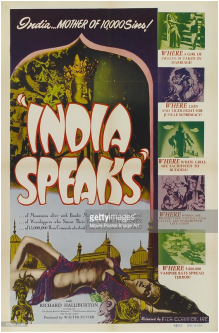
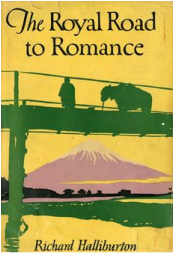

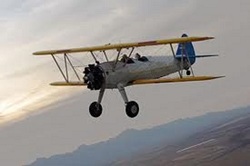
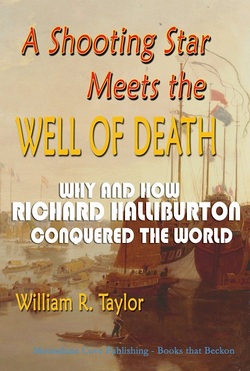

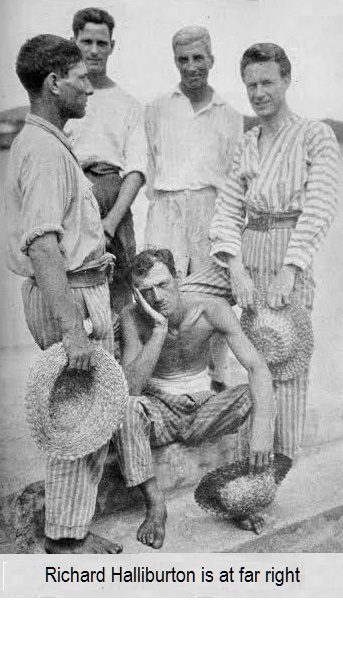

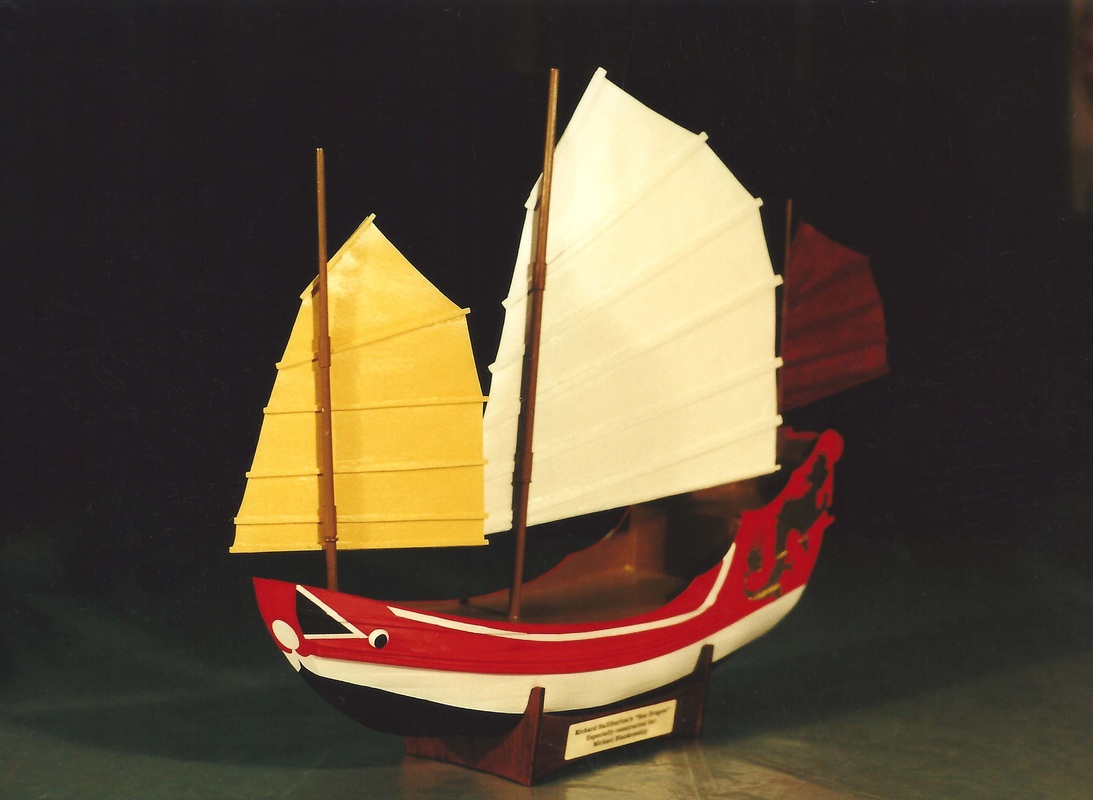
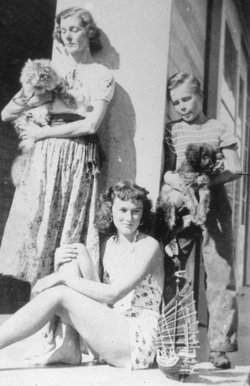
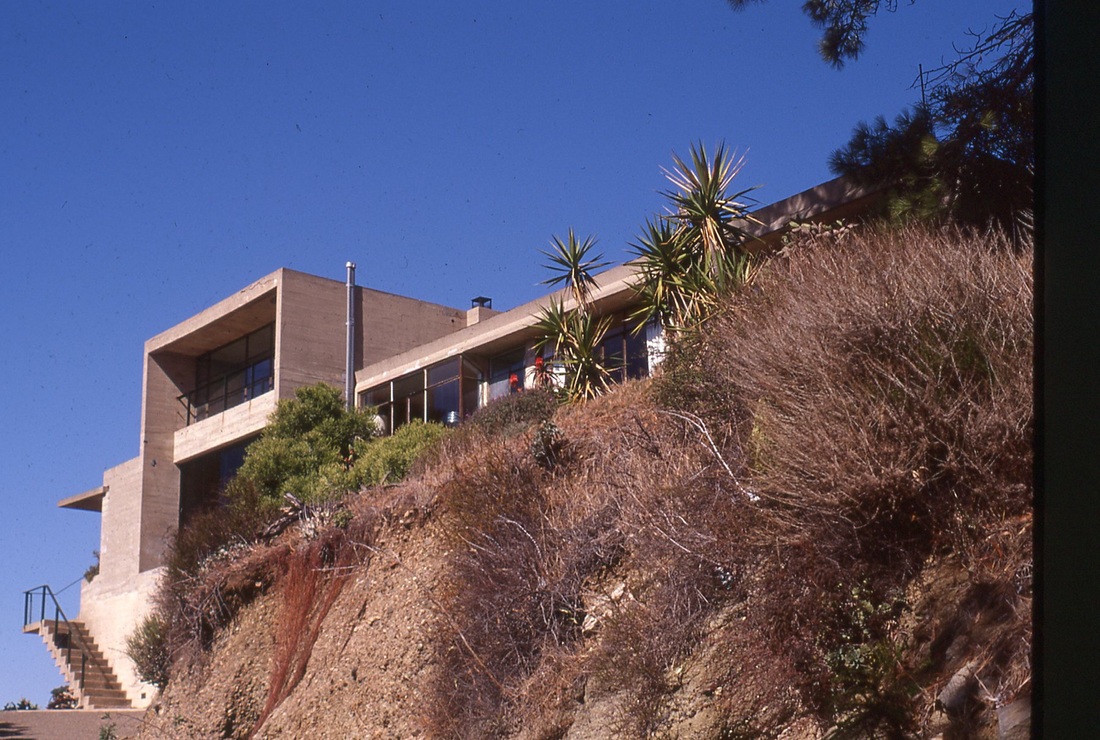
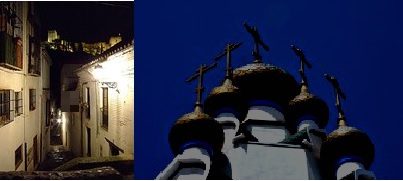
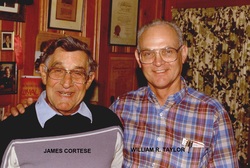
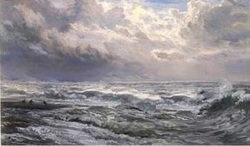
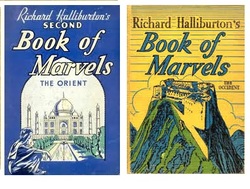
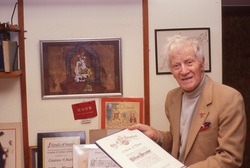
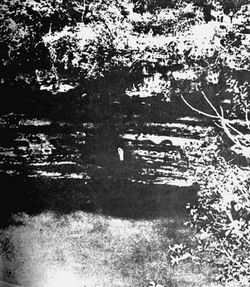
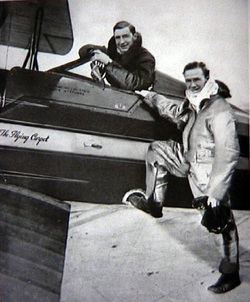
 RSS Feed
RSS Feed